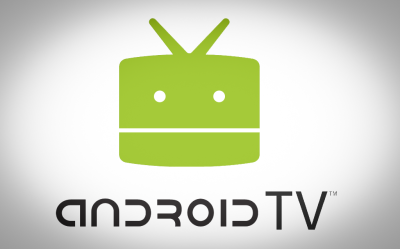
It may still be too early to be sure, but there are signs that with Android TV Google’s connected video strategy is at last starting to look joined up. There is not yet any killer blow in sight, which could only really come from the content angle, but evidence is mounting that Google now has a clearer and more focused strategy that is winning over TV and device makers as well as app developers. The key lies partly in a much mature Android based ecosystem better geared towards TV than was the case when the abortive first attempt called Google TV was launched with much fanfare in 2010.
Then Android was little more than a mobile OS optimized for smartphones and subsequently tablets, with TV supported as a cumbersome add-on that was hard to develop apps for. But the latest version 5.0 codenamed Android Lollipop, first unveiled during the Google I/O developer conference in June 2014, has been revamped for TV with a completely redesigned user interface. This is a significant enhancement based on Google’s own language called Material Design incorporating tools for easy layout of screens with responsive animations, transitions, padding, and depth effects such as lighting and shadow. It comes with new guidelines for developers that make it easier to create a consistent look and feel across the whole Android device constellation, including big smart TVs down through tablets and smartphones to diminutive smartwatch screens. To encourage app creation further, Google sent out developer units, dubbed “ADT-1”, to those that signed up for a test unit at Google I/O 2014.
These nuances were initially missed by many commentators, myself included, at the time of that conference, perhaps partly because the new Lollipop version was still shrouded in a little mystery. My initial reaction to Android TV was therefore quite negative, suggesting it sent confused messages given that Google was also promoting Chromecast and that it offered little more than already existing competitive offerings such as Apple TV, Roku and Amazon Fire TV.
The reason for being more sanguine about Android TV now is not so much that Google has raised its game. If anything it is the opposite in that the horizons have been narrowed to the confines of an operating platform for TV but crucially now aligned with Chromecast as well as with its developer community. What Google has succeeded in doing is strike a balance between encouraging innovation and yet exercising some control over the environment with an emphasis on a consistent UI across all devices, which is something its competitors have not quite matched yet. We have already seen the fruits of this approach through a few OEMs such as Razer, which has announced Forge TV, a set top for Android TV that throws in some of its gaming streaming.
Casting is now at the center of Android TV and pivotal to delivery of content, with the various new boxes, including Google’s own Nexus, Player, being the first dedicated hardware units to support it. This does though pinpoint the challenge of persuading consumers to pay the extra for the full Android TV experience when they can get Netflix and all the basic content they want from Chromecast. Effectively then Chromecast is the entry level version of Android TV with the full monte running on set tops as well as smart TVs, including models announced by Sony, Philips and Sharp at CES 2015.
The killer feature though would be premium live content and all that can be said at this stage is that Google has prepared the ground with its dummy app called ‘Live Channels for Android TV’. It remains to be seen what will be on it and how far this goes beyond the content currently available either via Chromecast or YouTube. But at least Google is much better placed to strike a major blow in the intensifying connected TV wars.
